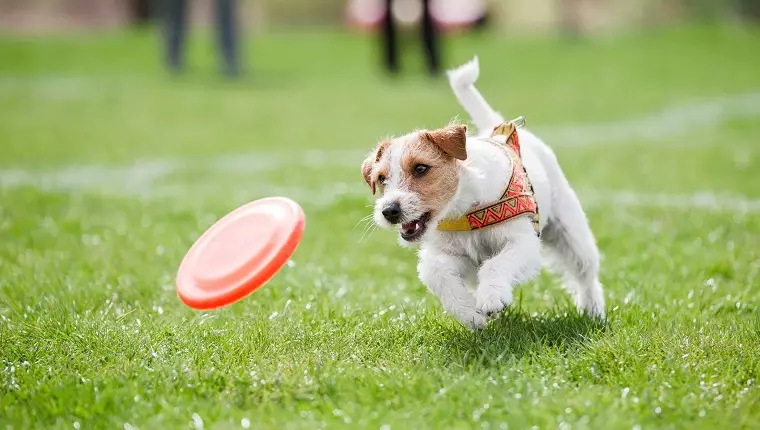Dogs, much like their human companions, have diverse personalities, preferences, and energy levels. While many might immediately think of classic games like fetch or tug-of-war as the go-to activities, it’s essential to recognize that not all dogs share the same enthusiasm for these traditional games. Age, breed, temperament, and individual quirks can shape a dog’s playstyle, leading us to understand that a one-size-fits-all approach often falls short. By exploring various forms of canine play, owners can enhance both their dog’s well-being and their own bond with their furry friend.
Many dogs are excited about vigorous activities, known as “jock dogs.” These energetic pups thrive on physical challenges and fetch is often their game of choice. If your furry friend leaps at the chance to chase after a ball or loves to sprint alongside you on jogs, they likely belong in this category. Jock dogs benefit greatly from activities that involve speed and agility. Engaging them in sports such as flyball, agility courses, or simply enjoying long hikes helps to keep them mentally and physically stimulated. Additionally, trips to a dog park provide opportunities for socialization, allowing them to indulge their energy in a monitored yet free environment.
For some dogs, play manifests differently. Consider the “ball hound”—a dog who might be obsessed with fetching but only in a limited capacity. Often with a strong instinct to retrieve, these dogs may prefer the comfort of home or a cozy carpet lasting only for a brief game before seeking to curl up in a comfortable spot. Enhancing the standard game of fetch with a ball launcher can extend their engagement, reaching greater distances and keeping their interest piqued.
On the other side of the spectrum lies the “couch potato.” Some dogs are perfectly content lounging on the sofa, occasionally mustering enough energy to join their humans in playful endeavors. Convincing them to partake in more active pursuits is essential not only for their physical health but also for their mental well-being. Implementing a combination of leisurely walks and games can provide a balanced lifestyle. For example, practicing basic commands with rewards can engage their minds while maintaining minimal physical exertion.
Moreover, this demographic of dogs might appreciate simple scavenger hunts around the house. Hiding treats or kibble in various locations encourages movement without imposing a strenuous activity, thereby catering to their more relaxed temperament.
Interestingly, many dogs often exhibit digging behaviors, stemming from their primal instincts to unearth or explore next to the known territory. To manage this behavior and redirect their energies constructively, consider creating a designated “dig zone.” Establishing a sandbox or a specific area in your yard allows your dog to indulge in their natural urges without causing chaos in your garden or home. Additionally, engaging them with tunneling games can also be immensely satisfying. Simple DIY structures from children’s toys can become vast exploration sites for curious pups.
Moreover, dogs bred for scent tracking, like hounds and beagles, thrive in activities that engage their olfactory senses. Owners can stimulate this aspect by engaging in scent work classes or simply having fun with games that involve hiding treats or toys around the home. Dogs adore challenges that allow them to “sniff out” hidden treasures, transforming an ordinary day into an extraordinary adventure.
Lastly, intelligent breeds require mentally stimulating activities to prevent boredom, which can often manifest as destructive behavior. Incorporating agility lessons, puzzle toys, and creative tricks can fulfill a smart dog’s need for engagement. Activities like the “name game,” in which dogs learn to identify various toys, can be an enjoyable and enlightening exercise for both owner and dog alike. Investing time in these exercises will not only challenge their intellect but also strengthen the bond shared.
Additionally, adventurous owners might find joy in constructing homemade obstacle courses or engaging in simple herding exercises, even without livestock. The emphasis here is on creativity and adaptability; many dogs thrive on exploration, whether it involves navigating a backyard maze made of pool noodles or tackling a snow-filled obstacle.
The heart of enriching your dog’s play lies in understanding their unique personality and aligning activities accordingly. Whether you’re nurturing a spirited jock dog or enticing a more sedate couch potato to engage in light exercise, the possibilities are extensive. Taking the time to discover what motivates your dog will enhance their quality of life while deepening the invaluable bond shared. Remember, playtime shouldn’t be limited to a conventional understanding. Embrace creativity in your approach, and your dog will surely thank you with countless tail wags.

